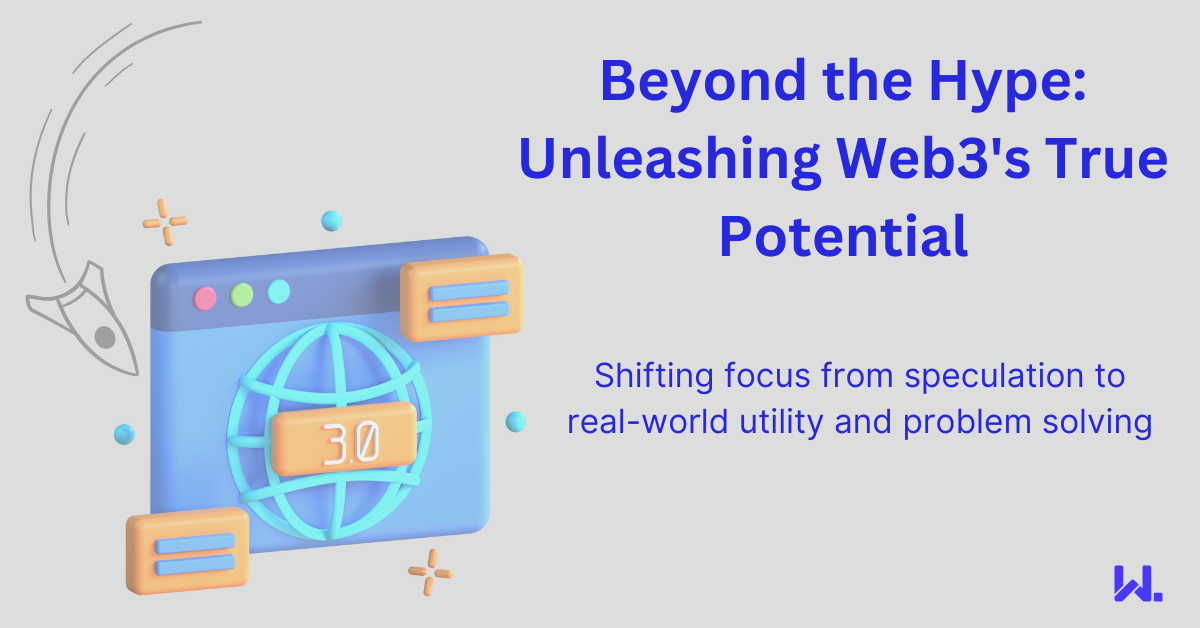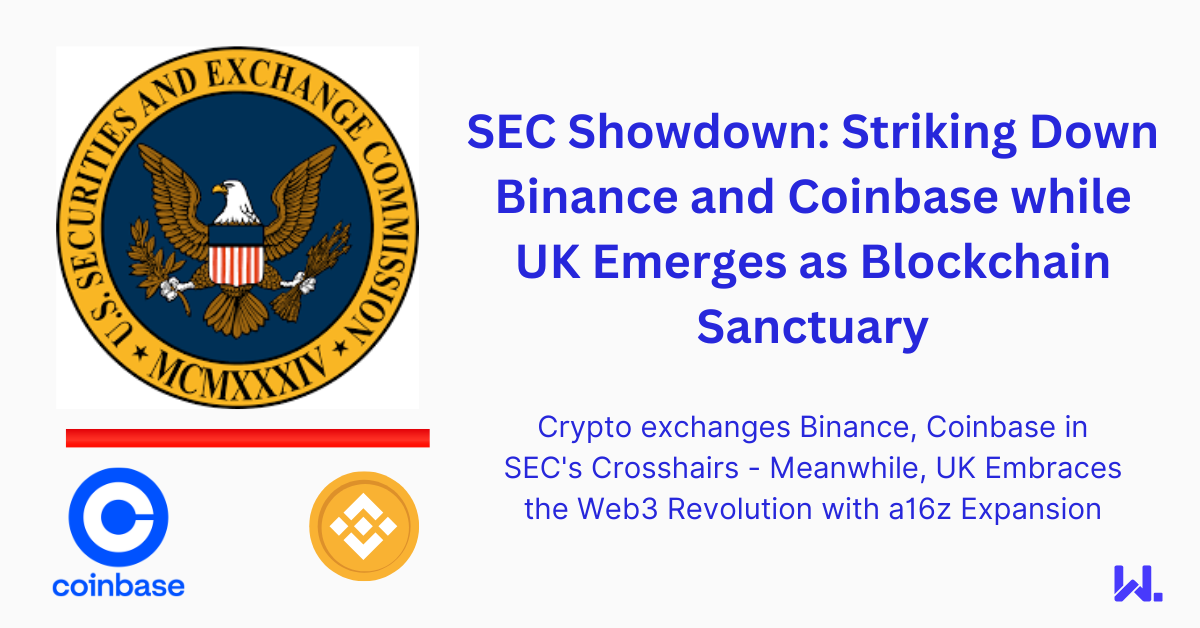2022 in Review
If 2021 was characterised as the year of crypto and NFTs, 2022 is the year where the mainstream trust in crypto came crashing down, exposing a number of projects for the house of cards which they were. It isn't all bad, there are things to celebrate including Ethereum’s merge and the significant number of enterprise initiatives moving forward, especially within the wholesale finance industry.
The former of these trends demonstrate an erosion of trust for users that had been built up during the year or so prior. While the latter demonstrates that recognition of what can be achieved using DLT and blockchain technology is far greater than just a few proof of concepts or innovation bets.
The bad, the ugly and the good
Crypto contagion
At the start of 2022, the crypto market cap was just shy of $2.2tn, having dropped since its high of $2.9tn two months earlier. Although much of the extremes bullishness that accompanied 2021 has started to subside, things were fairly rosy at that stage of the year in hindsight.
The tragedy of Russia deciding to start a war with Ukraine at the end of February sent global markets spiralling downward and crypto demonstrated that it was anything but a hedge against broader market movements, losing almost $500bn of its market capitalisation. The broader macroeconomic climate was bad enough earlier in the year without any crypto-specific market events taking place, but unfortunately, the war in Ukraine was just the first domino to fall.
Remember 20% yields?
With hindsight, it's incredible to recall how back in March it was still possible to get healthy yields on stablecoins. A lot of people were enticed by the 20% yields on offer for the UST stablecoin. Backed by the Terra blockchain's LUNA token, Do Kwon co-founder of Terraform Labs and creators of Terra was using the Luna Foundation's LUNA reserves to purchase bitcoin to provide a reserve asset for UST.
Unfortunately, this wasn't enough to save LUNA, and on May 7th the unstaking of over $2bn of UST and liquidation of hundreds of millions of it kicked off a death spiral for the project. UST lost its dollar peg and LUNA ended up worthless, wiping out tens of thousands of savers who had been enticed by what appeared relatively low-risk dollar yields. This contagion, while in theory restricted just to the Terra blockchain, was the catalyst that set the wheels in motion for unravelling significant portions of the crypto ecosystem.
One month later, prominent crypto hedge fund 3 Arrows Capital failed to meet a margin call and was forced into liquidation. Crypto lender Celsius froze customer withdrawals and declared bankruptcy.
Crypto lenders BlockFi and Voyager also found themselves in trouble, but FTX came to their rescue providing a cash injection to BlockFi, and agreeing to acquire Voyager.
It wasn't all bad, there was some brief entertainment with Jack Dorsey announcing his Web3 project (although he wasn't keen on my perspectives on it).
SBF was being positioned as a modern-day John Pierpont Morgan, the white knight saving these funds from the brink of ruin. Unfortunately, this too came to a head in November when Binance's CZ decided to show the market that all was not well with FTX by publicly offloading Binance's significant position in their FTT token.
We know where the story went from there, with SBF being portrayed as crypto's Bernie Madoff or Elizabeth Holmes. What happens next remains to be seen, but it's a relief to see that the U.S. authorities have finally caught up with him .
Celebrate the builders
These failures of these crypto companies have tarnished crypto’s reputation on main-street. However, as someone who's been through a number of these downturns in the past six years, what I have seen is the underlying conviction in the technology by the web3 communities continues to strengthen.
A number of crypto projects and services may have exited the space following the activities of the past 12 months, but the community of builders remains stronger than ever. Ethereum's migration from proof of work to proof of stake went without a hitch in September, the significance of which has been largely forgotten about in the context of other events that took place . That everything went smoothly should go down in history as one of the most significant technology upgrades ever, but against all of the negative news this year, I'm sure the significance of this, and its positive environmental impact will largely be forgotten.
Business blockchain
Even with the turbulence of the crypto markets, the conviction of the enterprise and business communities has only got stronger. My piece a couple of weeks back provides specifics, but I have been blown away by the number of initiatives that have emerged this past year, especially with respect to the wholesale financial markets and the building of new decentralised financial infrastructures.
The Bank for International Settlements has published numerous papers this year on various blockchain and DLT initiatives being pursued in collaboration with their members. These initiatives span wholesale and retail CBDCs and cross-border payments — the crucial financial plumbing that powers many of our modern monetary systems.
It's anything but hype driving central bankers’ interest in the potential for blockchain and DLT to help rewire our monetary systems. The authors of the BIS papers demonstrate both deep comprehension of modern financial markets as well as everything that's taking place in web3. Which is why I remain so bullish on the path where this technology is leading. Regardless of if the future is built on public or private blockchains, we're seeing all of the right groups entering into the conversation, which has been incredibly exciting to see in 2022.
It's not just currencies and payments technologies either, the post-trade and tokenisation landscapes are buoyant with more and more regulators and companies investing in initiatives here. For instance, the Financial Conduct Authority (FCA ), the main financial regulatory body in the UK is going to be launching its financial markets infrastructure (FMI) sandbox in 2023 which will provide both incumbents and new entrants with opportunities to innovate with post-trade and tokenisation technologies in a safe environment from a regulatory perspective.
This won't change our existing trading rails overnight, but it's exactly the sort of initiatives that are needed by regulators to show support and recognition of what can be achieved with blockchain and DLT.
Not your keys, not your crypto
Finally, one of the trends that we've seen during the last part of the year play out has been an ever-increasing number of people taking custody of their own cryptocurrencies in light of the failures of various centralised crypto platforms. I've for some time believed that UX has a long way to go in order to onboard more users into web3, and I was blown away by Ledger's new Stax hardware wallet which takes the UX to a new place.
Whether this will be an iPhone moment for self-custody of crypto won't be clear until the devices are available in March, but it certainly looks like a huge leap forward which I'm excited about.
2023 trends
In terms of the trends for 2023, there are some certainties:
- Ethereum will continue to progress by enabling withdrawals for staking and progressing with its sharing roadmap.
- There will be increasing progress made with wholesale financial initiatives. Many of those undertaken thus far will continue to build on their existing foundations, as they are multi-year initiatives given the complexity of the landscape within which they are operating.
- I hope that we don't see another high-profile failure. Apart from if Binance or Coinbase were to fail (who I believe have weathered the storms of this year), I'm not sure if there's anything left to break consumer confidence in cryptos.
- Whilst speculating on crypto prices is not something I am in any way qualified to give financial advice on, without the advent of a new breakthrough innovation or a new type of utility for on-chain assets, I do envisage we'll remain in a bear market, especially against the current high inflation environment.
- We may start to see some progress finally made with self-sovereign identity initiatives. The business opportunity for issuing verified credentials is huge, and I'd love to see some headway finally made here. We're so keen on it at Web3 Labs that we recently published an ebook on it which provides more perspectives.
Finally, it would be great to see the global political landscape stabilise and Russia's ill-fated invasion of Ukraine come to an end. Web3 aside, seeing some positivity would be wonderful for everyone, and I hope more than anything that 2023 will bring us some good news.
Wherever you are in the world, thank you for continuing to read my pieces, may you enjoy the festive period however you may spend it, and I'll see you in 2023!



